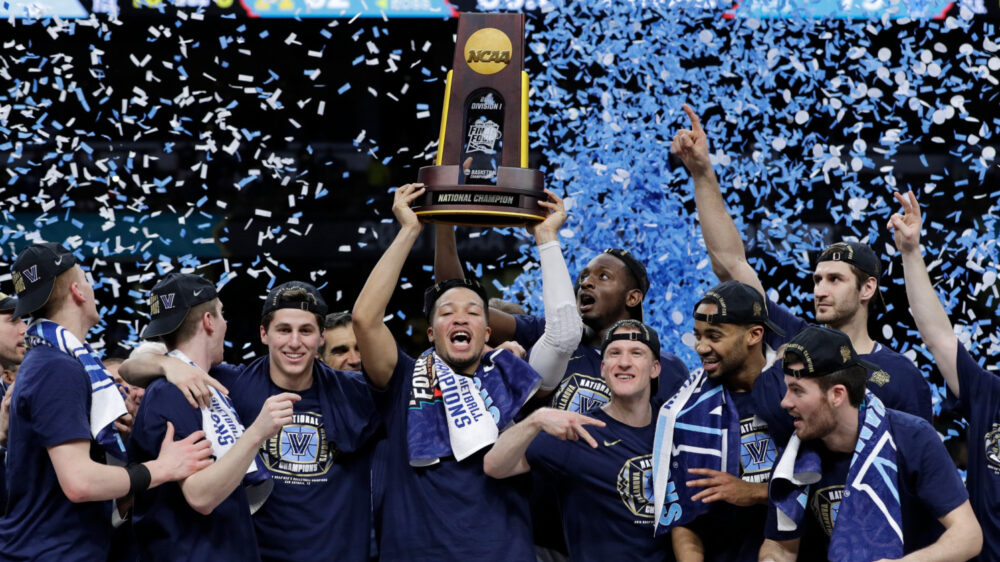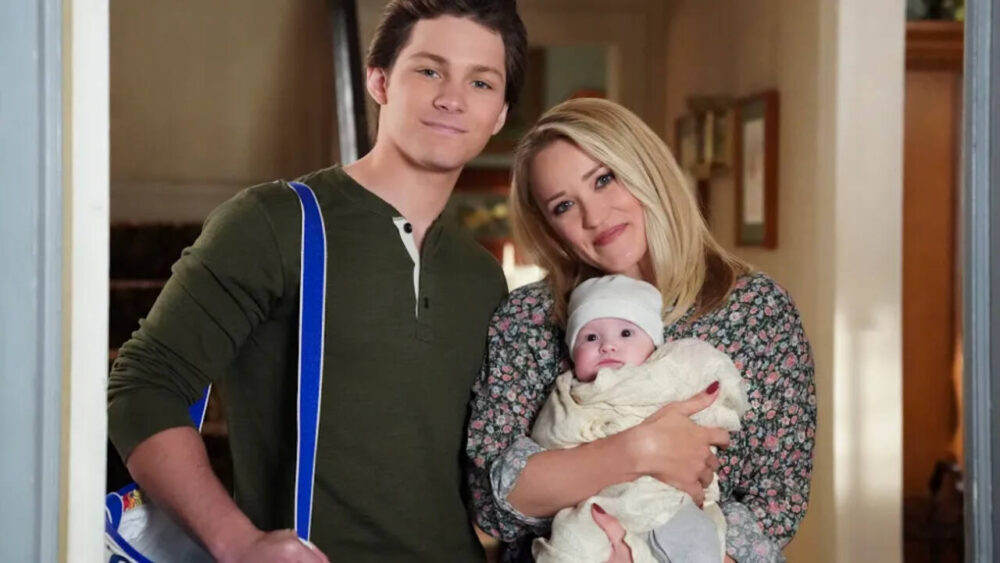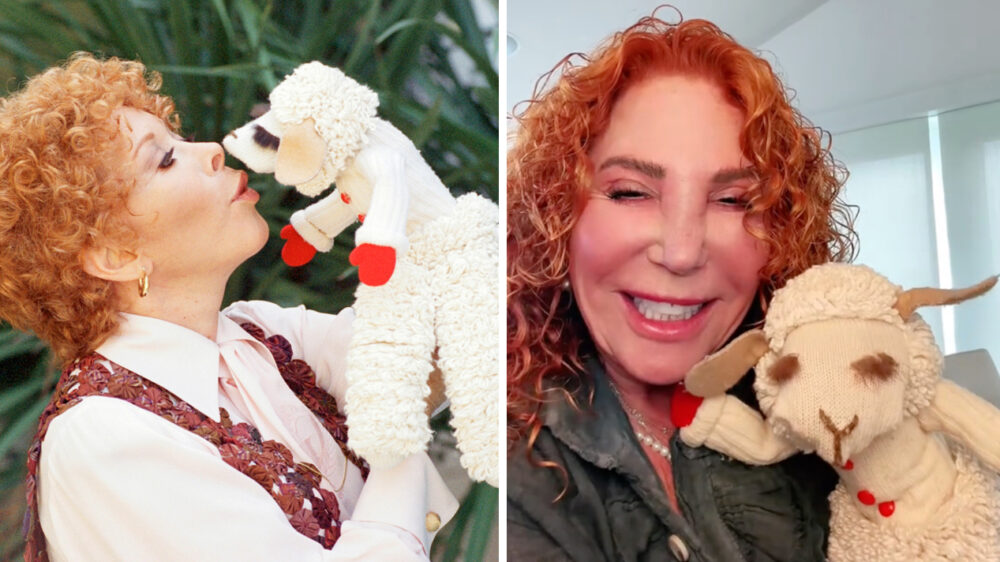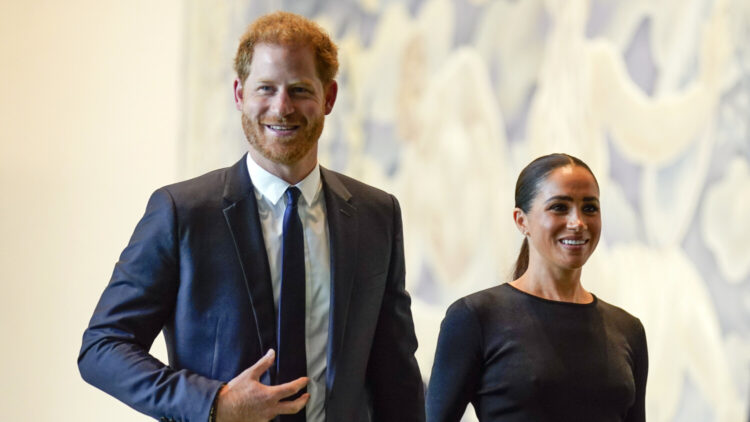How To Make TV Time Count With Your Kids
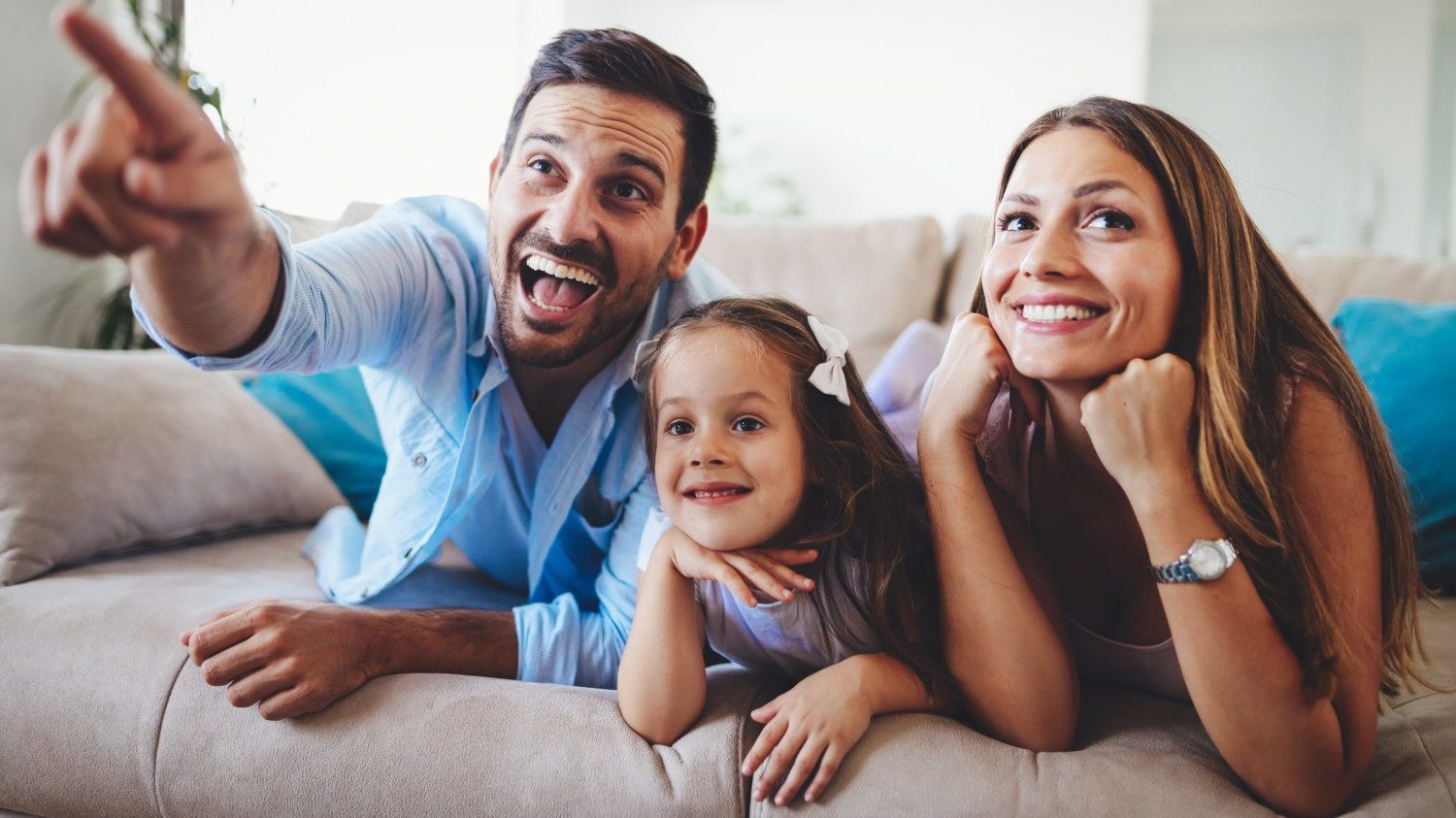
I admit I’ve thrown on a TV show and plopped my kid in front of the screen when I needed to get dinner on the table.
But on the occasions when I’ve sat down and watched my kids’ shows with them, I’ve been amazed by how rewarding the experience was.
Take “Phineas and Ferb,” for example. I never realized how clever it was until I took the time to watch a whole episode with my kid. And I found so many things to talk about with him afterward. How did the boys solve the problem? (By working together.) Why was Candace so mean to her brothers? (Because she was embarrassed.) Do you think you’d do that kind of thing without asking Mom or Dad first? (No way!)
MORE: 10 new episodes of ‘Bluey’ are coming to Disney+
When you can, watching TV alongside your kids can help you bond through a shared experience. It can also give you an opportunity to reinforce your values and counteract any negative messages. And the window into your kids’ world is priceless.
Here are some realistic conversation starters to keep in your pocket for when a show ends:
Ages 2-4
Watching TV with kids ages 2-4 is less about delving into provocative topics than it is about reinforcing shows’ positive social messages and lessons.
Ask:
- How did that song go again? Let’s sing it together.
- What were the colors of the rainbow the kids saw?
- How many balloons did the girl have?
- Why were the characters happy/sad/mad?
Ages 5-7
Kids in the 5-7 age range start to see a lot more action and interpersonal conflict, though many shows targeted at this age portray positive resolutions. Asking kids to relate what they see to their own experiences helps the positive lessons sink in. Also, anything that can help kids start to be more media savvy is a good thing.
Ask:
- How did the characters work out their problem?
- Did the characters do something you wish you could do?
- Who were your favorite characters, and why?
- Do the boy characters dress differently than the girl characters? Why?
- What made the show more exciting/scary/funny?
Ages 8-12
As kids get a little older, they’re more curious about the outside world and are figuring out how people relate to each other. Kids this age can be very receptive to age-appropriate guidance, and using TV as a jumping off point can be a super-helpful tool.
Ask:
- What was the consequence for that character’s behavior?
- Can you tell that the show is edited? What are the clues?
- What makes that character appealing? Or not?
- Did anything in this show surprise you or teach you something you didn’t know?
- Does this show intend to teach something or get a certain message across?
Ages 13-14
As kids enter the teen years, watching TV together can get a little hairy. They’re interested in pushing boundaries, and you might have to talk about exactly why certain shows are off limits. But even controversial TV can be an opportunity to get conversations started and gain some insight into your kid’s social life and inner thoughts.
Ask:
- Does that situation seem realistic?
- Do any of your friends act like that?
- What would happen in real life if someone acted that way?
- Do any of these characters seem like “types”? Why do so many shows repeat the same stories or create such similar characters?
- In reality shows, what do the participants stand to gain or lose by appearing on the show?
– Written by Sierra Filucci and originally published on Common Sense Media


